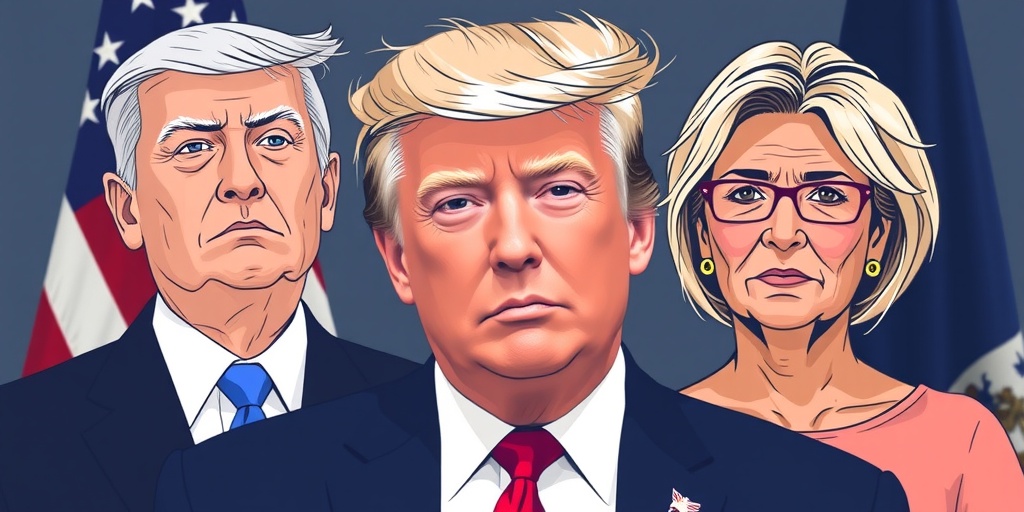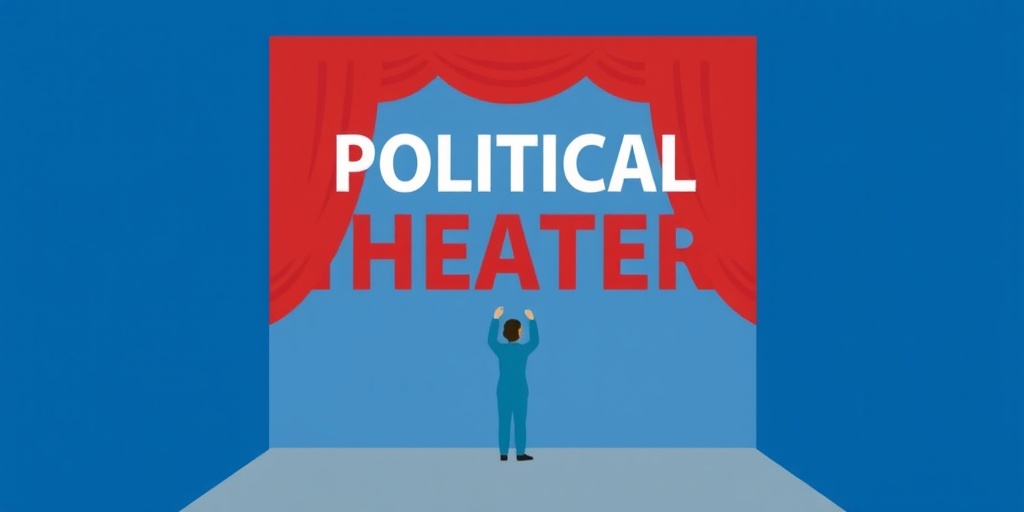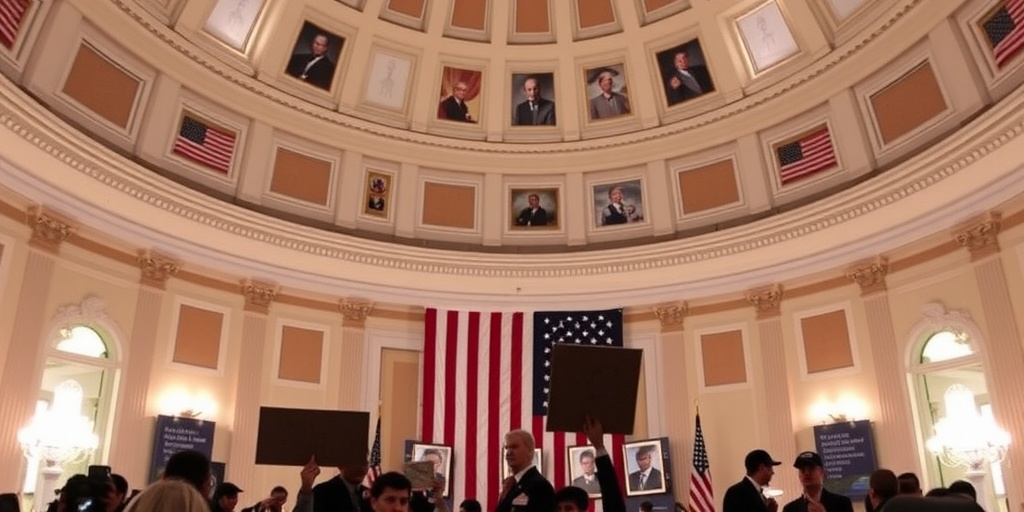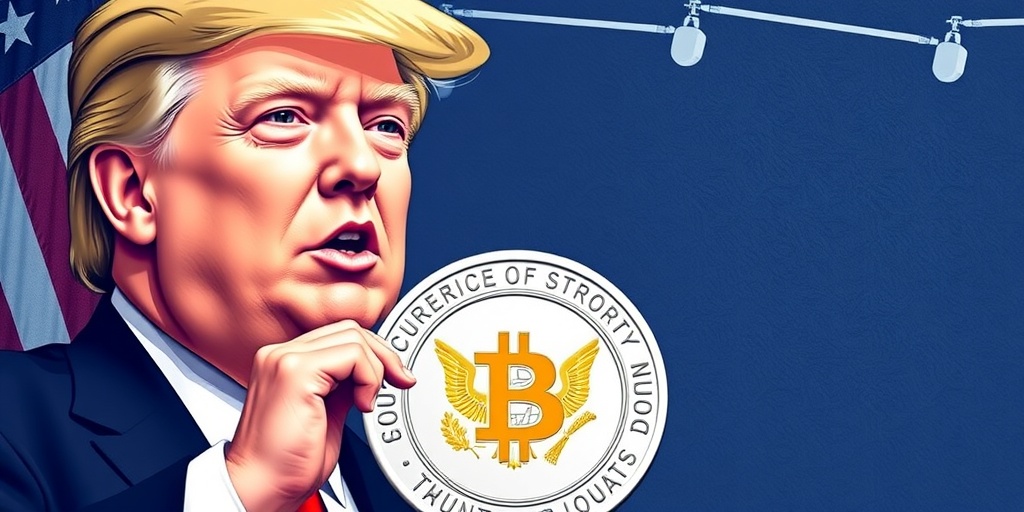Now Reading: Presidential Speech to Congress: A Departure from the State of the Union
-
01
Presidential Speech to Congress: A Departure from the State of the Union
Presidential Speech to Congress: A Departure from the State of the Union
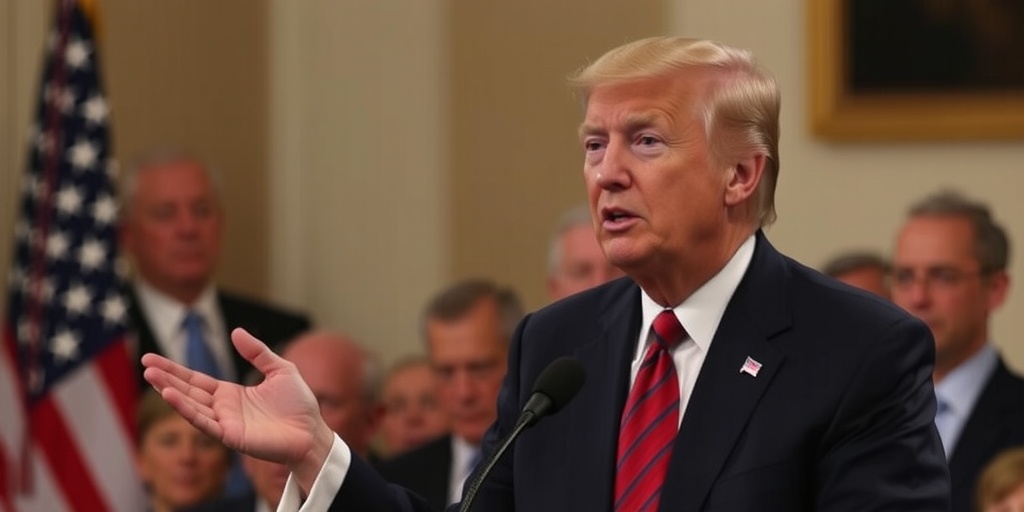
Title: Understanding the Nuances of Presidential Addresses to Congress
On Tuesday, President Trump is set to deliver an address to a joint session of Congress, which may resemble a State of the Union address in both appearance and tone. However, it is crucial to note that this speech will not formally qualify as a State of the Union address from a constitutional standpoint. The distinction stems from the framework established by the U.S. Constitution, which mandates that the president apprise Congress “from time to time” of the state of the union. The inaugural address of this kind was delivered by none other than George Washington in 1790, setting a historical precedent for future leaders.
The interpretation of this constitutional requirement has evolved significantly over the years. In the early years of the nation, particularly throughout the 19th century, presidents occasionally opted to submit written messages to Congress rather than deliver them verbally. Some presidents broke from the practice entirely, skipping annual addresses altogether or choosing to present their thoughts at the close of their administration, rather than following a consistent yearly schedule.
The landscape shifted dramatically with former President Ronald Reagan, who, upon his inauguration in 1981, established a new tradition whereby presidents deliver a high-visibility speech to Congress shortly after taking office, followed by similar addresses on an annual basis. This change has contributed to a richer, more interactive relationship between the executive branch and Congress, with the public eagerly anticipating these communications as key opportunities for the president to outline priorities and policies.
Importantly, the speeches given at the beginning of a new administration are not officially categorized as State of the Union addresses. The American Presidency Project, a reputable source housed at the University of California, Santa Barbara, designates these addresses with an asterisk in its documentation of presidential speeches to Congress. The differentiation highlights an important nuance in how presidential communications are perceived and categorized historically.
Despite the formal distinction, the underlying impact of these early addresses in a president’s term remains significant. The American Presidency Project contends that the effect of such speeches on public opinion, media coverage, and congressional perceptions of presidential authority and leadership is equivalent to that of an official State of the Union address. This observation underscores the importance of these speeches—not merely as technical documents but as potent opportunities for shaping narratives and establishing the president’s agenda.
The ramifications of these congressional addresses extend well beyond the chambers of Congress. They serve as key moments when the president can rally support for their initiatives, outline legislative priorities, and respond to national issues in real-time. As presidents seize these occasions to connect with legislators and the public, the speeches can become pivotal statements of how the administration intends to govern and address contemporary challenges facing the nation.
The evolving tradition of these presidential speeches raises questions about the nature of communication in the modern political landscape. With the rise of social media and 24-hour news coverage, how presidents deliver their messages has transformed. Live broadcasts of joint sessions of Congress allow for real-time interactions, enabling citizens to engage directly with the content and context of the speeches. Consequently, the way these addresses are received and interpreted can vary dramatically based on the platforms through which they are disseminated.
As President Trump prepares for his address, observers will be keenly watching not only the substance of his remarks but also the context within which they are framed. Will he take this opportunity to highlight his administration’s achievements, propose new initiatives, or address pressing concerns faced by the nation?
In conclusion, while President Trump’s upcoming address may share the appearance and gravitas associated with a State of the Union speech, it serves as a reminder of the historical and constitutional nuances surrounding presidential communications to Congress. Each address, whether labeled as a State of the Union or otherwise, plays a critical role in the ongoing dialogue between the Executive Branch and Congress—one that not only influences policymaking but also shapes the broader narrative of presidential leadership in America. As the nation looks forward to this important occasion, the significance of how these addresses are viewed—both historically and contemporarily—remains central to our understanding of presidential communication in the United States.
Stay Informed With the Latest & Most Important News
Previous Post
Next Post
Previous Post
Next Post
-
 01New technology breakthrough has everyone talking right now
01New technology breakthrough has everyone talking right now -
 02Unbelievable life hack everyone needs to try today
02Unbelievable life hack everyone needs to try today -
 03Fascinating discovery found buried deep beneath the ocean
03Fascinating discovery found buried deep beneath the ocean -
 04Man invents genius device that solves everyday problems
04Man invents genius device that solves everyday problems -
 05Shocking discovery that changes what we know forever
05Shocking discovery that changes what we know forever -
 06Internet goes wild over celebrity’s unexpected fashion choice
06Internet goes wild over celebrity’s unexpected fashion choice -
 07Rare animal sighting stuns scientists and wildlife lovers
07Rare animal sighting stuns scientists and wildlife lovers













